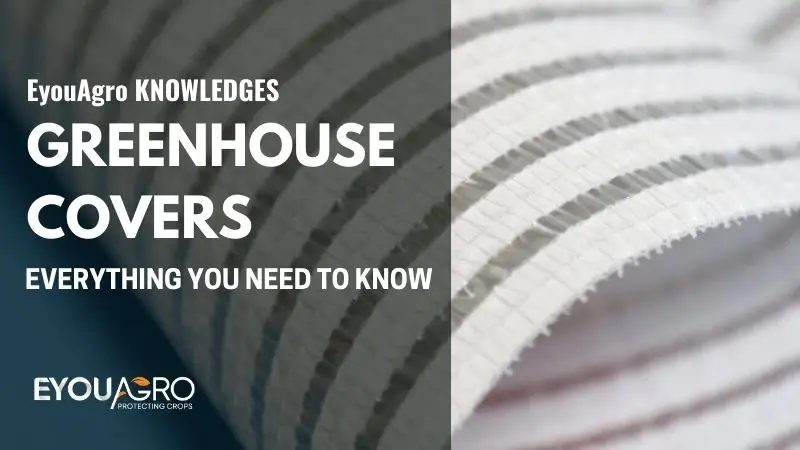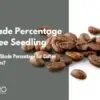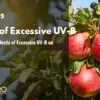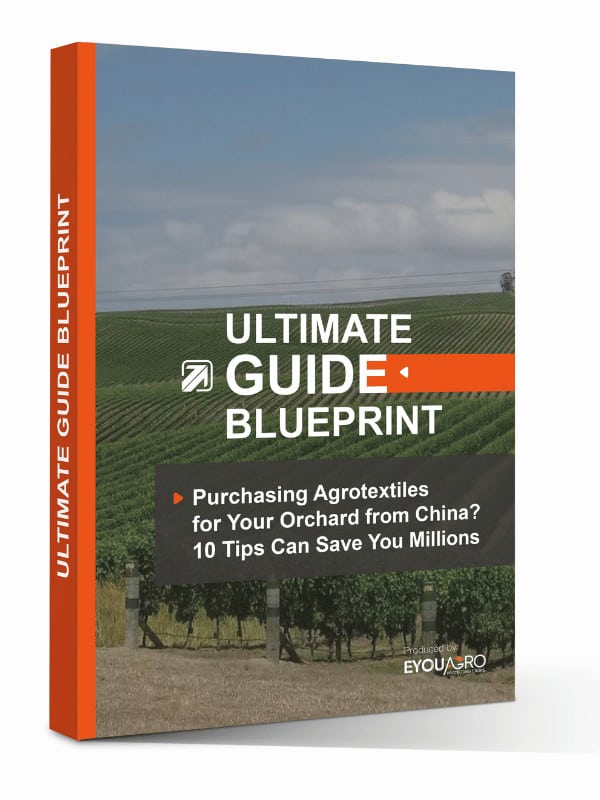Introduction
Greenhouse covers are more than just a protective layer for your crops. They are a crucial component in the success of your agricultural endeavors, influencing everything from temperature control to pest prevention. In this guide, we will delve into the world of greenhouse covers, exploring their types, benefits, and how to choose the right one for your needs. We’ll also touch on some groundbreaking research in the field, helping you understand the science behind these essential agricultural tools. So whether you’re a seasoned farmer or a green-thumbed beginner, this guide has something for you.
Understanding Greenhouse Covers
What are Greenhouse Covers?
Greenhouse covers, also known as green house covers, are materials used to cover greenhouses. They serve multiple purposes, including protecting plants from harsh weather conditions, pests, and diseases, and controlling the internal environment of the greenhouse.

Types of Greenhouse Covers
Greenhouse covers, also known as green house covers, come in various types, each with its unique properties and uses. The two main categories of greenhouse covers & fabrics are plastic film covers and mesh greenhouse covers.
Plastic film covers for greenhouses are common due to their affordability and effectiveness in temperature control. But the film has a huge flaw, that is, poor air permeability.
However, mesh greenhouse covers are becoming increasingly popular due to their excellent breathability, which is highly appreciated by consumers.
Mesh greenhouse covers can be further divided into two types based on the material: HDPE nets and Aluminets. HDPE (High-Density Polyethylene) material is mainly used in shade nets and insect nets due to its durability and effectiveness. These nets, such as the insect netting for a greenhouse, provide excellent pest protection while allowing air and light to pass through.
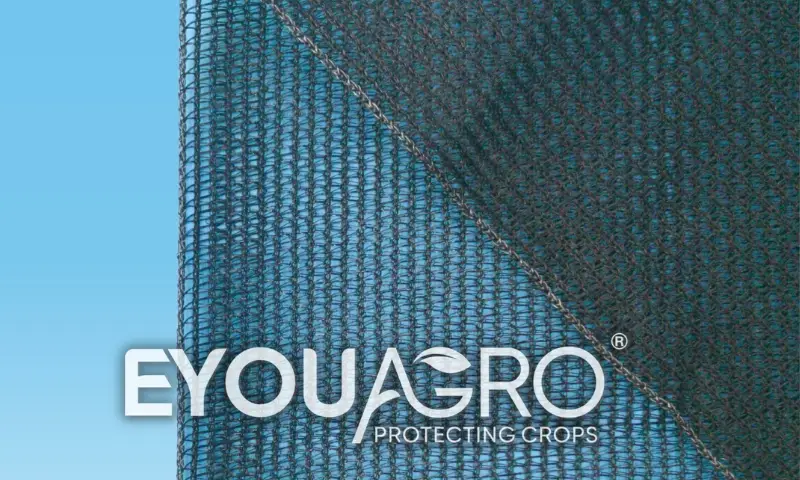
On the other hand, Aluminets are primarily used for their reflective shading and insulation properties. They help in controlling the temperature within the greenhouse, making them an excellent choice for areas with extreme weather conditions. A good example of this is the reflective shade cloth for greenhouse, which helps keep the temperature down during hot summer months.
Additionally, Aluminnets have another unique advantage: they can block light. If the crops you are growing do not require sunlight, these nets can serve as blackout curtains, providing a dark environment for your plants. This feature makes aluminum foil nets incredibly versatile and suitable for a wide range of agricultural needs.
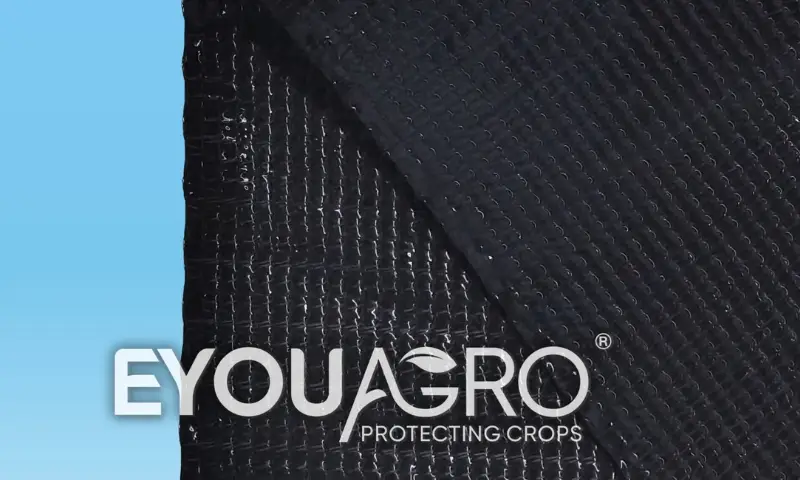
Choosing the right type of greenhouse cover depends on your specific needs, the crops you are growing, and the environmental conditions of your area.
Why are Greenhouse Covers Important?
Greenhouse covers are essential for several reasons. They protect plants from harsh weather conditions, prevent pests and diseases, and help control the internal environment of the greenhouse. This control over the environment allows for year-round cultivation, regardless of external weather conditions.
Benefits of Greenhouse Covers
Temperature Control
One of the primary benefits of greenhouse covers is temperature control. A well-chosen cover can help maintain a consistent temperature within the greenhouse, which is crucial for the growth and development of plants. For instance, a reflective shade cloth for greenhouse can help keep the temperature down during hot summer months.
Pest Prevention
Greenhouse covers, especially those designed as mesh or netting, can effectively keep pests out. For example, insect netting for a greenhouse can prevent harmful insects from reaching your plants without blocking sunlight or airflow.
Improved Crop Yield
By providing a controlled environment, greenhouse covers can significantly improve crop yield. They protect plants from adverse weather conditions and pests, leading to healthier plants and higher productivity.
Choosing the Right Greenhouse Cover
Material Considerations
The material of your greenhouse cover is a crucial factor to consider. It can significantly impact the cover’s effectiveness, durability, and suitability for your specific needs.
Plastic greenhouse covers, for instance, are common due to their affordability and versatility. Plastic greenhouse cover are excellent for temperature control, making them a popular choice for many growers. However, they may not provide the best protection against pests or allow for optimal airflow.
If pest control is a significant concern, a more specialized cover might be necessary. Greenhouse mesh covers, for instance, are designed to keep pests out while allowing air and light to pass through. They are made from various materials, including HDPE and aluminum, each with its unique properties. For example, insect netting for a greenhouse is a type of mesh cover that provides excellent pest protection.
When choosing the material for your green house coverings, consider your specific needs, the crops you are growing, and the environmental conditions of your area. It’s also important to consider the cover’s durability and lifespan, as these can impact the long-term cost-effectiveness of your investment.
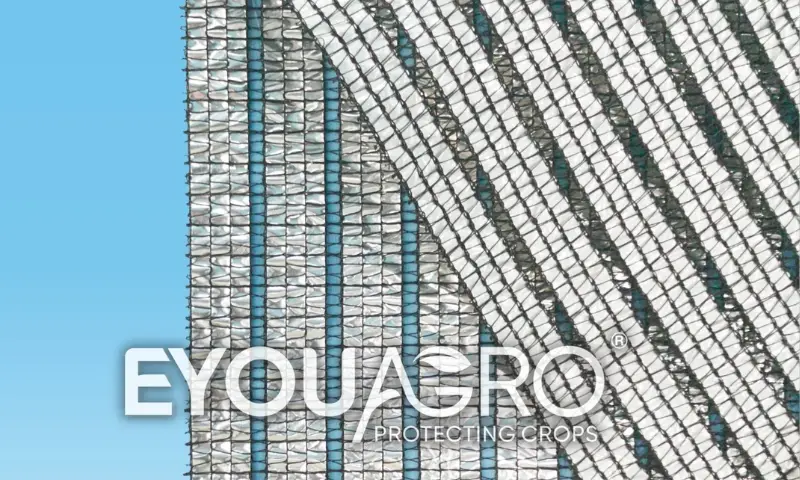
Size and Fit
The size and fit of your greenhouse cover are also important. A cover that doesn’t fit your greenhouse properly can lead to various issues, such as inadequate protection, heat loss, and increased susceptibility to damage.
Ensure the cover is large enough to cover your entire greenhouse adequately. It should extend to all edges of the greenhouse structure, providing complete coverage. If the cover is too small, it may not provide sufficient protection, leaving parts of your greenhouse exposed to the elements.
On the other hand, covering for greenhouse that is too large can be difficult to secure properly, leading to instability and potential damage. It could also create folds or pockets that trap air or water, which could lead to issues like condensation, mold growth, or heat loss.
When choosing the size of your cover for greenhouse, it’s advisable to measure your greenhouse accurately. Consider the height, width, and length of the structure, and don’t forget to account for any additional space you might need for securing the cover.
Remember, well-fitted greenhouse coverings are not just about protection. It can also impact the efficiency of your greenhouse, affecting factors like temperature control, light penetration, and ventilation.
Durability and Lifespan
The durability and lifespan of your covers for greenhouses are crucial factors to consider. Different materials and weaving methods can significantly impact the longevity of your cover. For instance, covers made from HDPE (High-Density Polyethylene) and woven into a mono shade netting are known for their durability and can last up to eight years with proper care.
Another factor that can influence the lifespan of a greenhouse cover is the type of UV stabilizer used. UV stabilizers are additives that absorb or reflect the harmful UV radiation from sunlight, preventing it from degrading the material of the cover. A high-quality UV stabilizer can significantly extend the lifespan of your greenhouse cover, making it a worthwhile investment for long-term agricultural projects.
When choosing a greenhouse cover, it’s essential to consider these factors to ensure you’re investing in a product that can withstand the test of time and provide lasting protection for your crops.
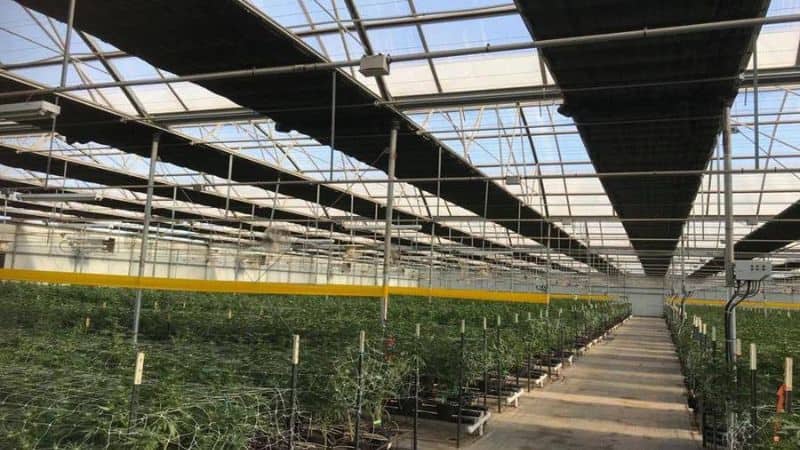
The Science Behind Greenhouse Covers
Impact on Agricultural Protection
Greenhouse covers play a significant role in agricultural protection. They protect crops from adverse weather conditions, pests, and diseases, leading to healthier plants and higher yields.
Influence on Greenhouse Gas Emissions
Some types of greenhouse covers can help reduce greenhouse gas emissions by improving carbon storage in the soil. However, the exact impact can vary based on the type of cover and the specific agricultural practices used.
Role in Carbon Storage
Certain types of greenhouse covers, such as those made from organic materials, can help increase carbon storage in the soil, contributing to efforts to mitigate climate change.
FAQs
Q: What is the best material for a greenhouse cover? A: The best material for a greenhouse cover depends on your specific needs. Plastic covers are affordable and good for temperature control, while mesh covers can provide excellent pest protection.
Q: How often should I replace my greenhouse cover? A: The lifespan of a greenhouse cover depends on its material and the environmental conditions it’s exposed to. On average, a high-quality cover can last several years with proper care.
Q: Can greenhouse covers help reduce greenhouse gas emissions? A: Yes, certain types of greenhouse covers can help reduce greenhouse gas emissions by improving carbon storage in the soil. However, the exact impact can vary based on the type of cover and the specific agricultural practices used.
Conclusion
We’ve explored the vast landscape of greenhouse covers, shedding light on their types, benefits, and selection criteria.
We’ve also delved into the science behind these covers, understanding their role in agricultural protection and environmental sustainability. Which aspect of greenhouse covers do you find most intriguing or beneficial for your agricultural needs? Please share your thoughts in the comments section.
If you’re ready to enhance your farming practices with high-quality greenhouse covers, explore EyouAgro’s range of top-tier products.

